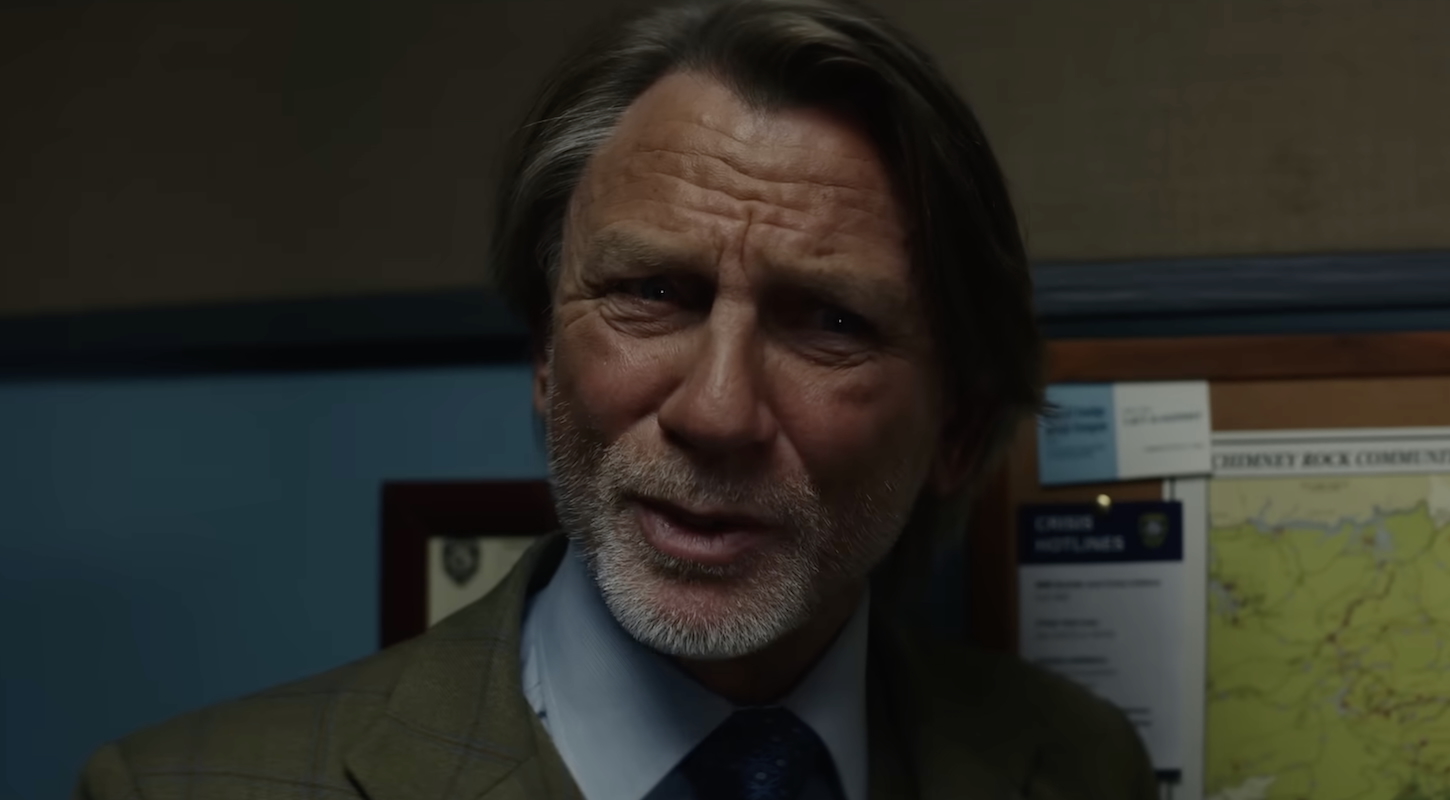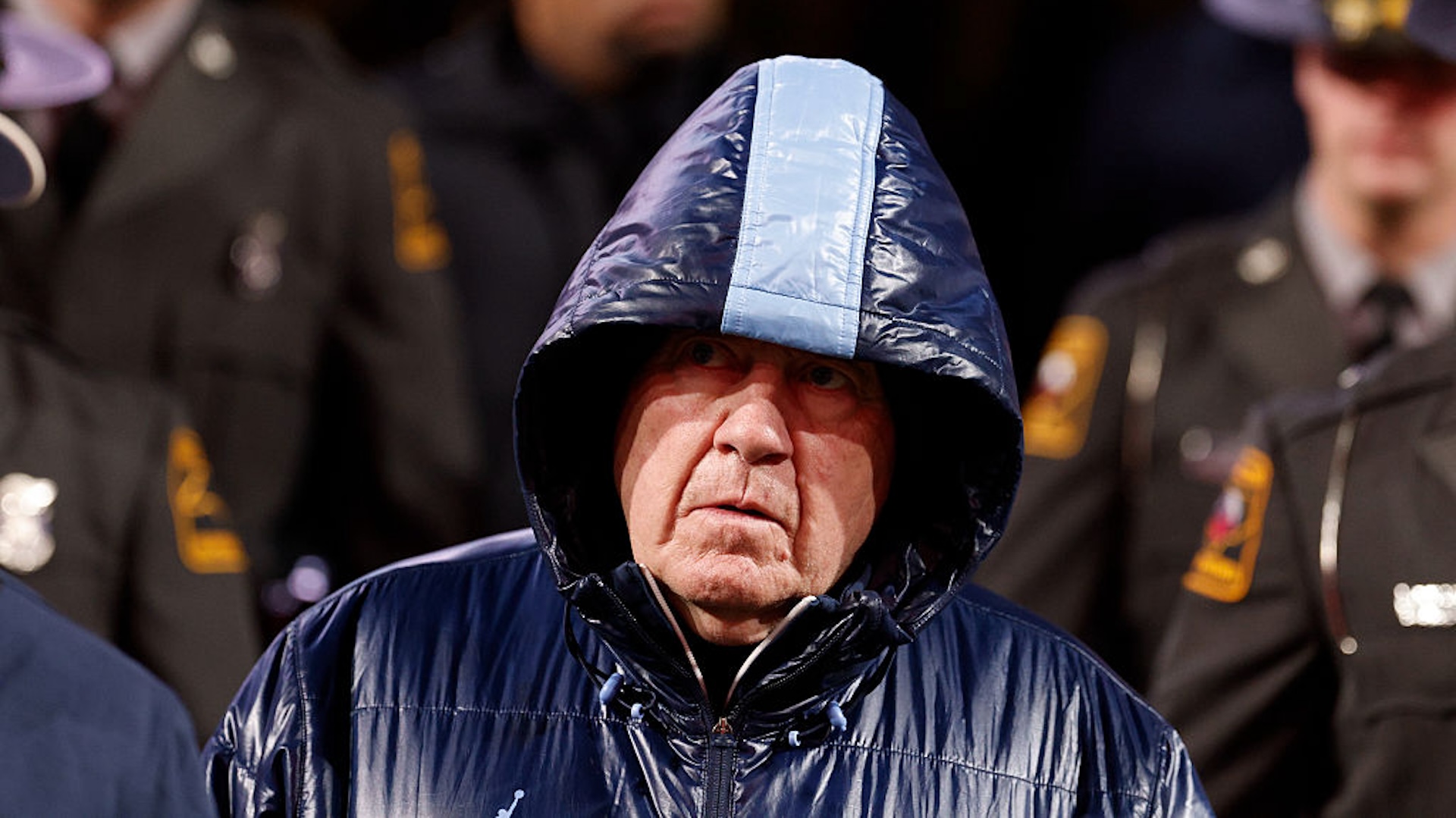"I think he’s the top guy," Joe Maddon told The Athletic's Sahadev Sharma of Willson Contreras, back in July of 2018. "If you took every catcher in both leagues and graded them out, and be honest, hitting, power, arm strength, defense, ability to block the baseball, speed, all the different attributes that a player has. Tenacity, aggressiveness, the passion, everything he does out there, I grade him No. 1 right now, today." This is the sort of thing that a manager is supposed to say about his team's young star, but it was an easy case to make at the time, and isn't much tougher today. Maddon is by now off on a second career as a Baseball Grouch; the retrenching Cubs eventually let Contreras sign with St. Louis after a season in which he made his third All-Star team.
His time in St. Louis has been fraught, coinciding as it did with the moment that The Cardinals Thing finally seemed to stop working. Contreras has also been the team's best all-around player more or less from the moment he arrived, and if you took every catcher in both leagues and graded them out on hitting, power, arm strength, defense, ability to block the baseball, speed, all the different attributes that a player has, and were honest, Contreras has remained one of the very best in the sport. This made it stranger when, by May of last year, seemingly everyone on the Cardinals, from the front office to the manager to the various meatball heroes on the pitching staff, had seemingly settled on Contreras as a scapegoat.
Contreras got better, and finished with numbers right around his career norms, but the team stayed salty and bad. After rebuilding the rotation around soft-tossing veterans with various levels of Police Energy in the offseason, the Cardinals have been roughly as inert as they were last year. Only some of this can be blamed on the grimacing 30-somethings in the rotation; the bigger issue has been that basically every hitter in the Cardinals lineup has struggled all season long. At the moment when a J.D. Martinez swing broke Contreras's arm as he reached for a pitch on Tuesday night, Contreras led the Cardinals in every offensive category except batting average, and his .949 OPS was more than 200 points higher than anyone else on the team. They're in last place, and Contreras is going to be out until the All-Star break.
Willson Contreras will leave this game after taking a J.D. Martinez swing to his left arm. pic.twitter.com/mJfiqOBf4t
— Bally Sports Midwest (@BallySportsMW) May 8, 2024
The one attribute that Maddon excluded from his litany of praise for Contreras back in 2018 was also the reason that Sharma wrote the post in the first place. While Contreras has always had a strong arm and done well blocking pitches, he has also always been a subpar framer, and has been engaged in a seemingly unending campaign to fix that. Framing remains one of the strangest and most inhospitable frontiers in the ongoing quest to quantify every aspect of baseball, although there is plenty of evidence that Contreras has never been much good at it; by Baseball Prospectus's reckoning, and leaving out the 2020 plague season, Contreras's just-barely-underwater Framing Runs number this season was pretty handily the best of his career.
Given that it is fundamentally a matter of gamesmanship—and a relationship business; Sharma writes that part of Contreras's work back in 2018 involved improving his relationship with umpires, including one who was offended "because [Contreras] never thanked him after giving him a timeout"—it fits that framing has presented such a challenge for both Contreras and those trying to pin down what it is, and how to do it. There are various techniques that work when it comes to most effectively stealing strikes on borderline pitches, and the emerging norms in how and where catchers set up reflect those, but this is finally a subjective thing, and so something that requires a great deal of continuous adjustment from the people trying to do it. (And that's just the catching part; it is extremely stressful just to imagine doing all that while simultaneously managing the baroque egos of MLB umpires.)
In 2018, Contreras was working with the instructor Mike Borzello on making his receiving more quiet and fluid; before this season, Contreras worked with his brother William, a star catcher on the Brewers and one of the best framers in the game, and completely overhauled his approach behind the plate. Where he had previously caught in the traditional catcher's upright crouch, Contreras now got down on one knee and lowered his back nearly parallel to the ground in an effort to afford the umpire a better view; he also set up notably closer to the plate, and was more aggressive about bringing his glove up and out from the ground, which helps in framing low pitches. Baseball is hard, and these sorts of adjustments are not the sort of thing a player would or could do lightly. Contreras began his one-knee experiment last year when he was frustrated with his framing numbers, and compared the frustration of transitioning to it full-time during the offseason to learning yoga. A hitter would only change his approach that radically if things had become desperate; a catcher has to do it merely to keep up.
"I was kind of—I’ll say hard-headed (about) not going one-knee down because I like to catch the traditional way, the way I was taught," Contreras told the St. Louis Post-Dispatch back in spring training. "But if you look around and you look at baseball, how much it has changed, there’s no reason why I would stick it out with something tradition if the new ways of catching are helping the team and helping everybody around the league. I needed to be open-minded about it, and I allowed myself to be."
If the early results were good, both in terms of praise from his teammates and those opaque decimal-pointed metrics, the visual result was both strikingly different and oddly familiar. "You’ll see it in the setup, you’ll see it in his glove position, you’ll see it in the way he’s receiving,” Cardinals manager Oli Marmol told The Athletic before the season. “It’s different for sure." But also Contreras was positioned much more like the catchers who have graded out as the game's best framers in recent years, not just in terms of how he angles his body but where he sets up. Metrics favor catchers who receive the ball closer to the plate, and the historically high numbers of catcher's interference calls in recent years reflect the extent to which that practice has been adopted—the MLB-record 96 catchers interference calls in 2023 were more than 50 percent higher than the (also historically high) figure from 2021, more than twice the number called in 2018, and nearly three times the 33 recorded in 2015. When the Associated Press's Jay Cohen wrote about the leap in CI late last June, Luis Robert Jr. had already reached base on catcher's interference five times. At the time, that tied him with two other players for the league lead.
That sort of contact is rarely as violent as it was on Tuesday—"You’re expecting to hit a ball and you hit an arm," Martinez said after the game. "I hit meat. I felt I hit meat"—but it was a risk that managers were aware of. "Some guys light it up pretty good," Rangers manager Bruce Bochy told Cohen, and it was one of those guys who lit up Contreras on Tuesday. But while the catchers and managers Cohen talked to were aware of the risk posed by putting the catcher so close to the path of the bat, they also seemed to understand the risk of a Contreras-style injury as the going rate for a few extra strikes per game, and a few extra runs per year.
"Just trying to get closer to the hitter, closer to home plate, helps with receiving," Austin Hedges told Cohen. "I’d rather not have catcher’s interferences, but if a few of them in a season is the price to pay for leading the league in receiving, then I’ll do it." A catcher like Contreras, who can do all the things on offense that Joe Maddon went on about all those years ago, is more valuable to his team because of that than a catcher like Hedges, who can't. But a catcher like Hedges can still add value—and build a long big-league career despite the absence of all those Contreras-y attributes—by being fearless, or stupid, or both in pursuit of one of the last, narrowest, most volatile edges in the sport. And that means that Willson Contreras, who can already do everything else, has to do it, too.







